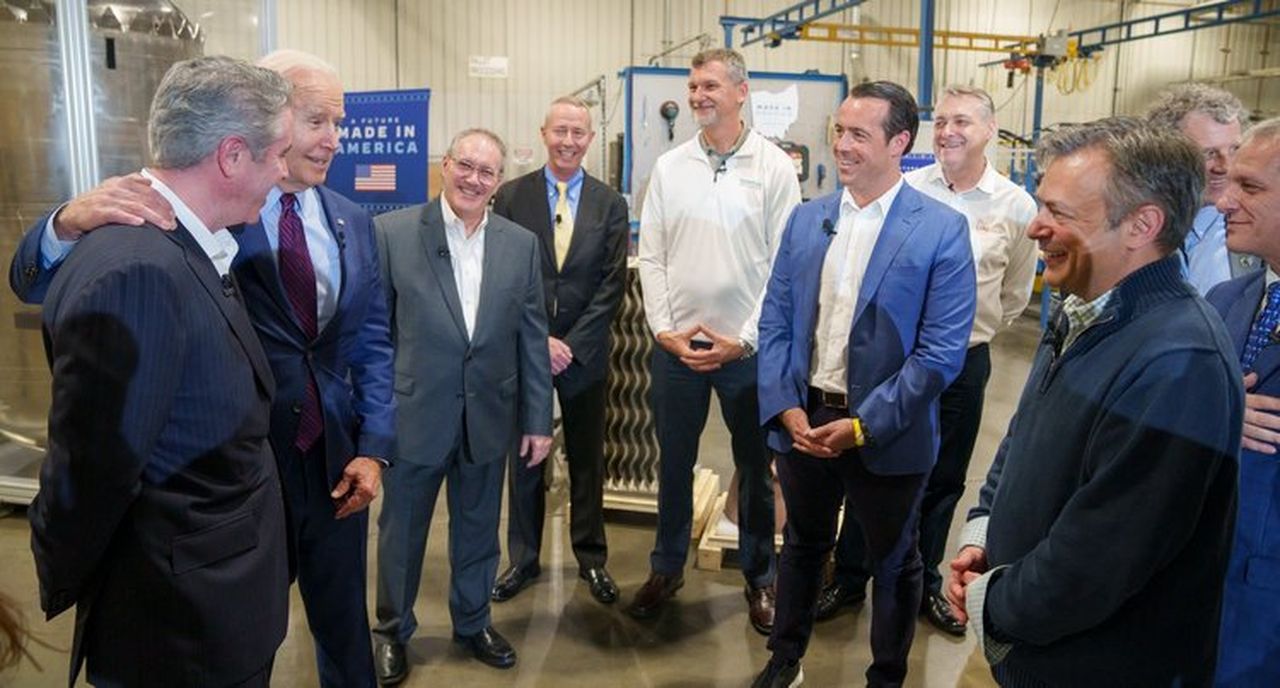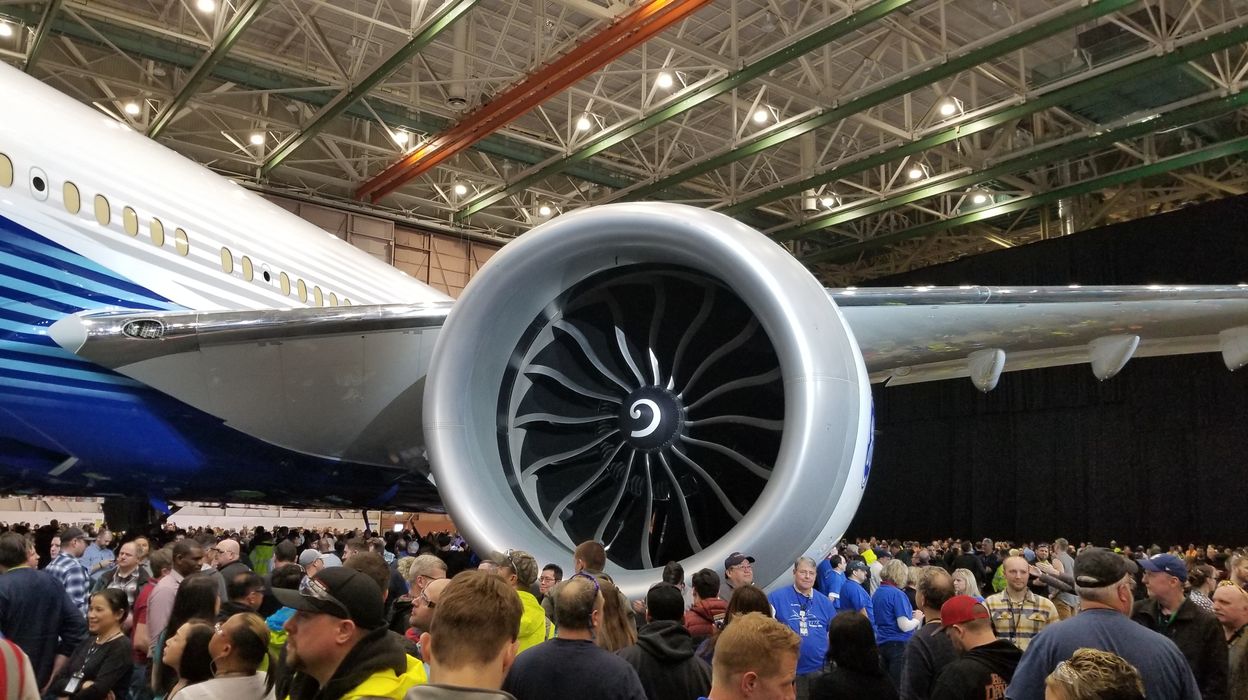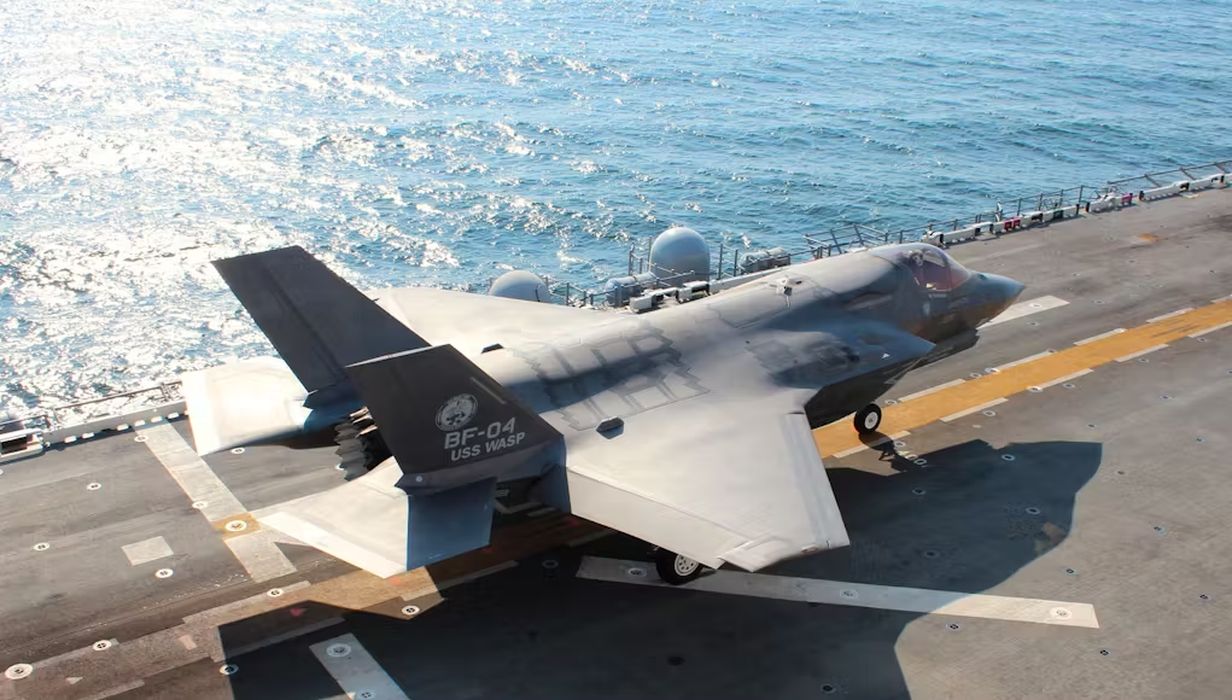
Charles R. Goulding and Preeti Sulibhavi examine how Honeywell’s $5 billion acquisition of Carrier’s security division and the embrace of 3D printing technology are reshaping the industrial landscape.
Honeywell has purchased Carrier’s Global Access Solutions security business for nearly US$5 billion, adding to its building automation segment. When two leading industrial companies are strategically rebalancing their portfolios, it’s worth taking notice.
Carrier Global Corporation
Carrier, the leading HVAC company, has been concentrating on core HVAC applications and recently purchased Veissmann, the leading German heat pump company, for US$13 billion. Carrier previously sold its commercial refrigeration business to Haier of China, well known for its previous purchase of GE’s consumer appliance business.
In April 2024, Carrier’s venture investment unit announced a partnership with Strategic Thermal Labs (STL) for data center cooling. STL has an innovative liquid cooling solution for data centers called direct-to-chip liquid cooling. This investment adds to Carrier’s 2021 purchase of NLyte, a data center infrastructure management (DCIM) provider. The boom in AI data applications is driving unprecedented multi-billion-dollar investments in data center hardware with major cooling needs.
Honeywell
At the end of 2023, Honeywell announced a US$25 billion acquisition program, of which the Carrier security division purchase is now a part. In 2023, Honeywell announced that it is focusing its business on three megatrends:
- Aviation
- Automation (which includes industrial and building automation)
- The energy transition
The Carrier purchase adds US$13 billion in sales to Honeywell’s Automation megatrend sector. Honeywell intends to add bolt-on acquisitions to the three sectors.

Honeywell and 3D Printing
As Honeywell and Carrier navigate these strategic portfolio shifts, their adoption of 3D printing and additive manufacturing technologies will play a crucial role in driving innovation and efficiency across their operations.
In the aviation sector, Honeywell has been actively leveraging 3D printing for various applications. One notable example is the company’s collaboration with Boeing through the “WayForward” initiative. This initiative aims to accelerate the adoption of additive manufacturing in the aerospace industry, with a focus on producing certified 3D printed flight-ready components.
One specific application of 3D printing in this collaboration is the production of auxiliary power unit (APU) brackets for Boeing’s 777X aircraft. These brackets, which are used to mount the APU to the aircraft, are being 3D printed using Honeywell’s VISICORE® M200 RESINS. By leveraging 3D printing, Honeywell and Boeing can produce these components more efficiently, with reduced waste and lead times, while maintaining the highest standards of quality and performance.

Another example of Honeywell’s commitment to 3D printing is its partnership with Lockheed Martin and the U.S. Air Force to develop and certify 3D printed components for the F-35 Joint Strike Fighter. This project aims to leverage additive manufacturing to produce replacement parts and reduce the maintenance burden for this critical aircraft.
“This collaboration is a first step for our company into the important US defense market. Furthermore, it’s a great opportunity to demonstrate the advantages of Premium AEROTEC’s leading-edge 3D printing products and processes in combination with state-of-the-art combat aircraft technology.”
“We see tremendous opportunity for additive manufacturing to further reduce costs, enhance quality and improve speed across the F-35 enterprise,” said Greg Ulmer, Lockheed Martin vice president and general manager of the F-35 program.
In the automation and building automation sectors, Honeywell is exploring the use of 3D printing for prototyping and producing customized components for its various products and systems. For instance, the company has utilized 3D printing to create intricate prototypes and functional parts for its building management systems, allowing for faster iteration and testing of new designs.
Furthermore, Honeywell’s acquisition of the Carrier security division opens up new opportunities for leveraging 3D printing in the production of security components and systems. With the ability to produce customized and complex parts on demand, Honeywell can enhance its offerings in the building automation and security space, providing tailored solutions to meet the unique needs of its customers.
The adoption of 3D printing and additive manufacturing technologies by Honeywell and Carrier highlights the increasing importance of these innovative manufacturing processes across various industries. Whether it’s producing flight-ready components for the aerospace sector, prototyping building automation systems, or enabling customized security solutions, 3D printing offers a competitive advantage by enabling faster innovation cycles, reduced waste, and tailored solutions.
The Research & Development Tax Credit
The now permanent Research and Development (R&D) Tax Credit is available for companies developing new or improved products, processes and/or software.
3D printing can help boost a company’s R&D Tax Credits. Wages for technical employees creating, testing and revising 3D printed prototypes can be included as a percentage of eligible time spent for the R&D Tax Credit. Similarly, when used as a method of improving a process, time spent integrating 3D printing hardware and software counts as an eligible activity. Lastly, when used for modeling and preproduction, the costs of filaments consumed during the development process may also be recovered.
Whether it is used for creating and testing prototypes or for final production, 3D printing is a great indicator that R&D Credit-eligible activities are taking place. Companies implementing this technology at any point should consider taking advantage of R&D Tax Credits.
Conclusion
As Honeywell and Carrier navigate their strategic portfolio adjustments, suppliers and service providers to these industrial giants must understand that the customers they serve today may have different priorities and focus areas tomorrow. Understanding what these companies are focusing on, such as aviation, automation, and the energy transition, will guide the 3D printing industry in making its own strategic investments.
